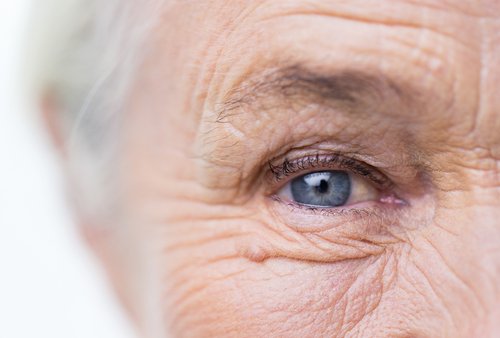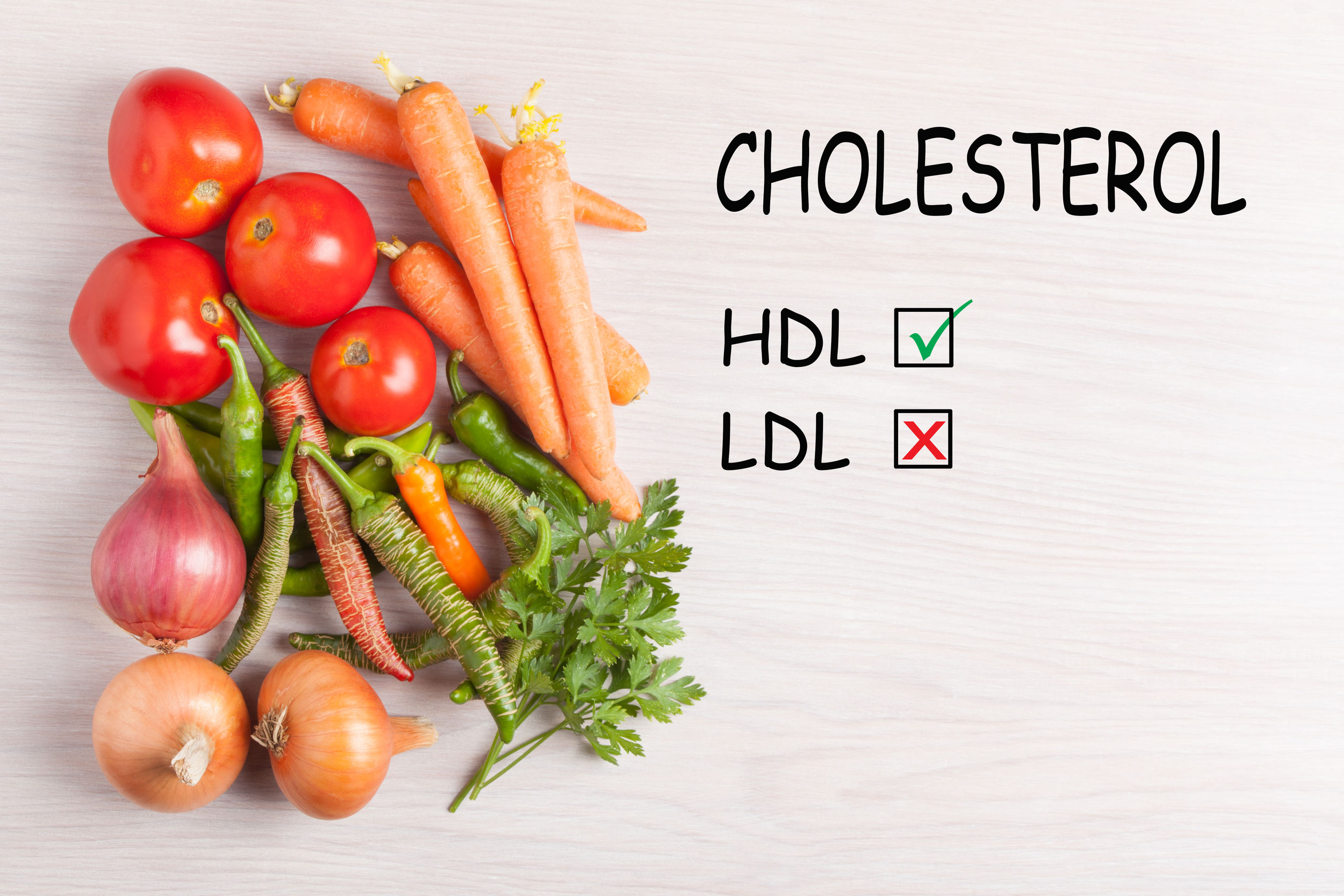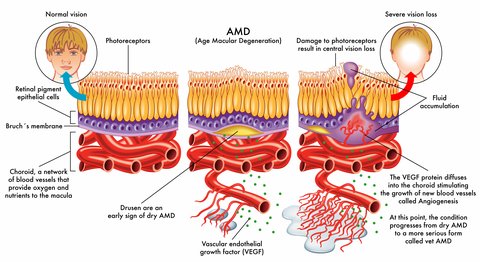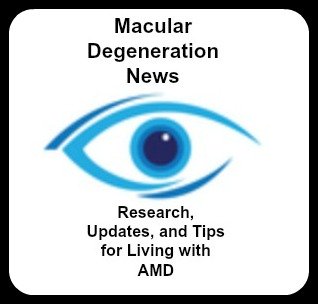Bruch's Membrane
Bruch's membrane is one of three important layers of the retina...
1) The Choroid
2) Bruch's membrane
3) Retinal Pigment Epithelium (RPE)
All three of these layers of tissue play an important role in
your macular health. Although very thin, Bruch's membrane is an
integral structure and any breakdown in this membrane can impair your
vision.
Bruch's Membrane Thickens with Age
This layer of the retina:
√ Is inner most layer of the choroid
√ Acts as a blood-retinal barrier
√ Acts as a support structure to the choroid - the vascular layer The RPE transports metabolic waste from the photoreceptors across Bruch's membrane to the choroid.
Bruch's membrane gets thicker as we get older. This may impede some of the transportation of waste material which can cause a build up of deposits. The thickening also prevents nutrients and oxygen from being delivered to the macula.

The development of drusen may be the result of this clogging of the transport system. These built up deposits are called:
1. Basal Linear Deposits or BLinD and
2. Basal Lamellar Deposits or BLamD
These deposits are formed on and in Bruch's Membrane.
The deposits can cause a:
breakdown of the membrane and
allows the choroid vessels to breakthrough and grow into the membrane and beyond.
In
choroidal neovascularization,
(CNV), capillaries coming from the choroid must cross Bruch's membrane to reach the subretinal pigment epithelial space.
Some kind of gap in Bruch's membrane must develop before a person experiences CNV.
Bruch's Membrane and Macular Degeneration
Watch this short video by the Angiogenesis Foundation on how macular degeneration progresses from the dry form to wet age related macular degeneration.
Cholesterol and Bruch's Membrane
Read about this interesting observational study called Accumulation of Cholesterol with Age in Human Bruch’s Membrane from (Investigative Ophthalmology and Visual Science. 2001;42:265-274.)© 2001 by The Association for Research in Vision and Ophthalmology, Inc.

Their Purpose: "To determine the cholesterol composition of normal human Bruch’s membrane and choroid as a function of age and retinal location."
Their Conclusions: "Human Bruch’s membrane ages like arterial intima and other connective tissues for which plasma lipoproteins are the known source of extracellular cholesterol.
Age-related maculopathy and atherosclerotic cardiovascular disease may share common pathogenic mechanisms."
Accumulation of Cholesterol with Age in Human Bruch's Membrane
Return to Definition of Macular Degeneration
Go back to WebRN Macular Degeneration Home
√ Prevention of Macular Degeneration?
√ Tips for Daily Living?
√ Food Suggestions for a Macular Degeneration Diet?
√ Ideas on Visual Aids to Maximize your Sight?
If you said "yes" to any of the above, sign up for the monthly Macular Degeneration News.


